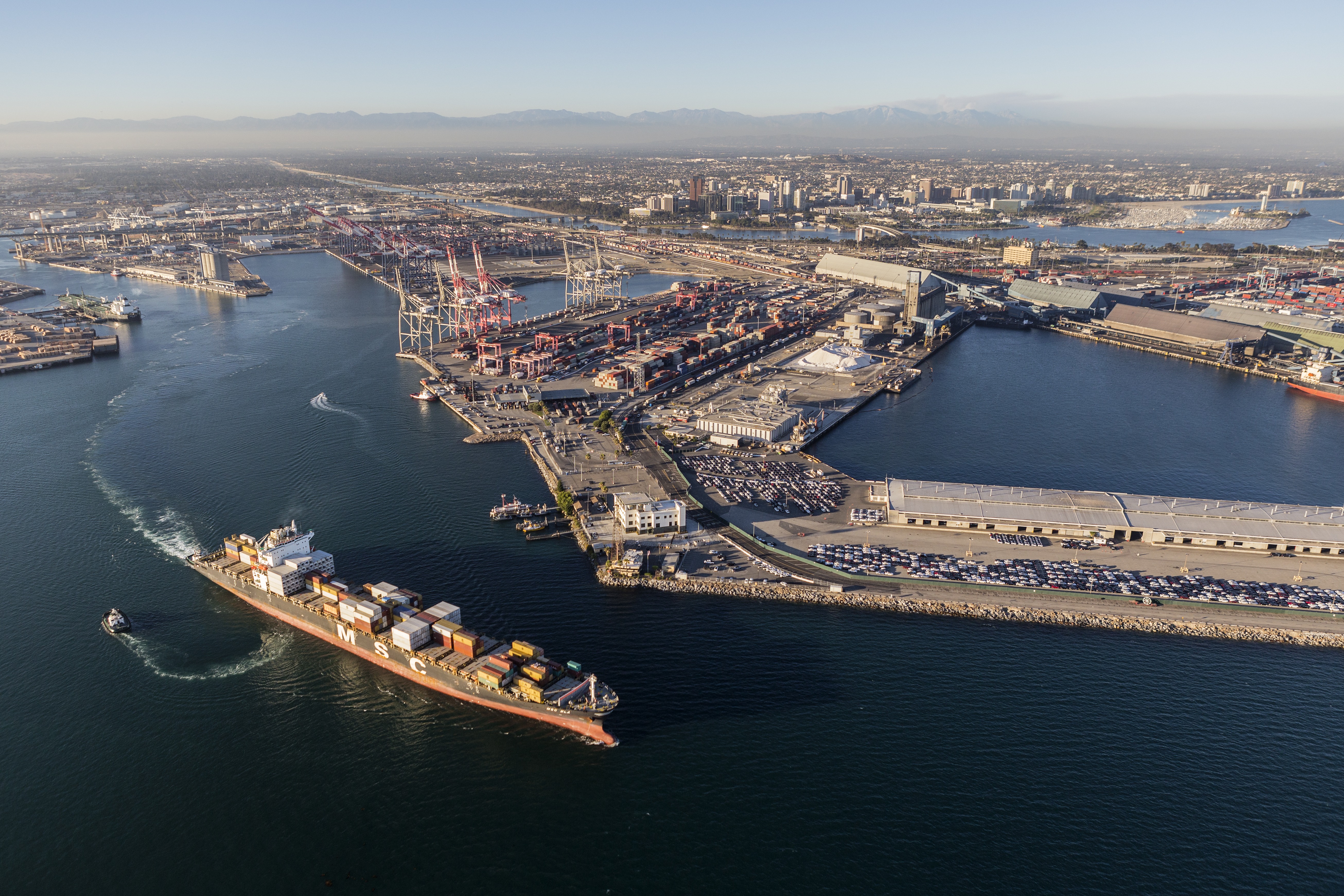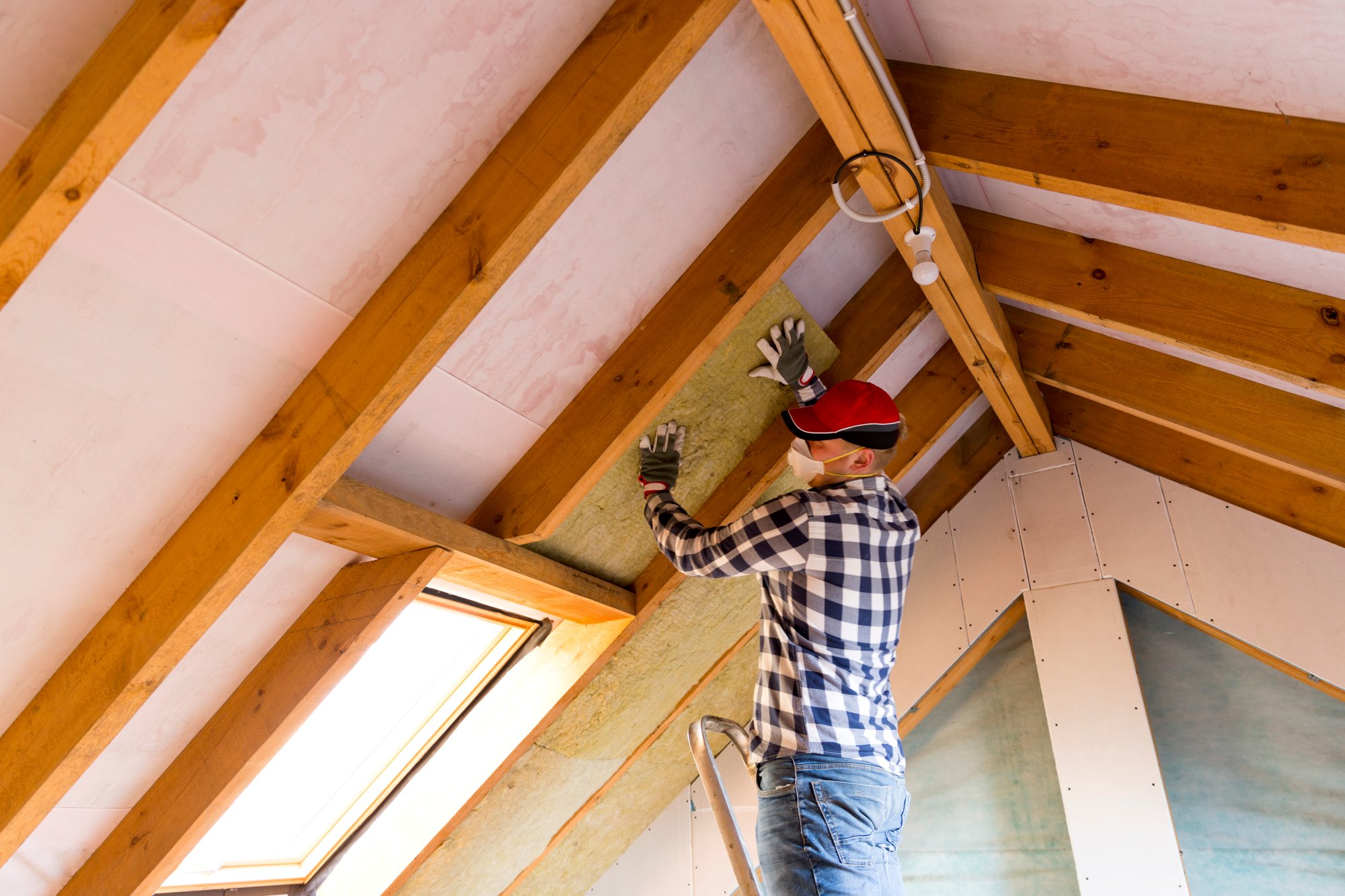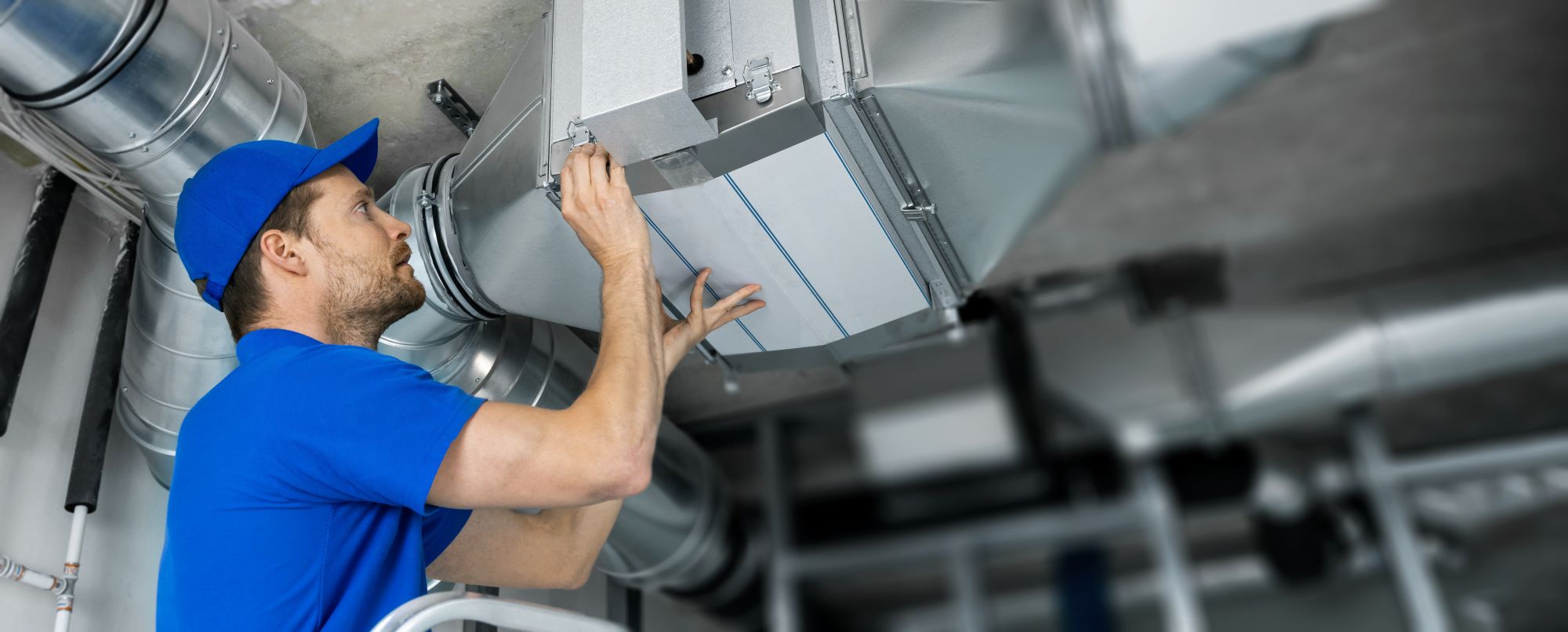Building Back Better: The Impact of Smarter, Cleaner American Ports
Let's Save Energy
Alliance to Save Energy's Blog

By Schneider Electric's Mona Sheth, Director of Federal Government Affairs, and Michele Hix, Vice President of the Western Region.
One of the most valuable investments that we can unleash via economic stimulus is port modernization. Failing to invest in this critical infrastructure leaves the U.S. vulnerable, worsening economic prosperity for future generations. Here’s what Congress should do about it.
Ports are essential, dynamic lifelines of the U.S. economy. Every year, the 926+ coastal, Great Lakes, and inland harbor maritime ports contribute over 26% to overall GDP (approximately $5 trillion). For every $1 billion in economic commerce, approximately 15,000 jobs are created. Today, ports support 31 million jobs and ensure that food, medicine, and supplies reach hospitals and vulnerable populations during COVID-19 lockdowns.
Despite their critical role in our economy, the federal government has severely underinvested in ports. Container terminals are too small and inefficient to accommodate increasingly large container ships (some the length of four football fields). This leads to supply chain delays, as ships must wait for weeks to unload goods, and forces industries to have to spend hundreds of millions of dollars on additional inventory as a result. Meanwhile, communities living near ports are disproportionally impacted by air emissions. Diesel engines, which power shipping vessels, trucks, trains, and cargo-handling equipment release significant amounts of air pollution and carbon dioxide (CO2) into the atmosphere. State governments can help, but with multiple ports vying for the same funds – now depleted by the pandemic – ports have little recourse.
To create jobs on a large scale, we need a bold, federal strategy to deploy next-generation, energy-efficient ports. The Port of Long Beach (PLB) California, the smartest and greenest port in the country, is a prime example of a port that we can look to as a strong model for guidance.
As the second busiest port in the country, PLB handles cargo valued at $200 billion each year. In 2005, PLB embarked on a 15-year campaign to cut emissions from ships, drayage trucks, harbor craft, and cranes. To accomplish these ambitious goals, the port forged a partnership with Schneider Electric to help interconnect this complex hub via digitalization, electrification, and resilience. Schneider Electric has experience with electrifying over 60 berths in ports all over the U.S. and Canada. For PLB, Schneider Electric helped automate cargo handling equipment (cranes and yard tractors) by supplying electrical and controls equipment. Schneider Electric also equipped ships with “ship to shore” technology, allowing them to shut down their diesel engines and plug into shoreside electricity. And by 2021, the company will deploy a solar + storage microgrid to add resiliency at PLB’s Joint Command and Control Center.
The benefits of these improvements? 1) Higher operating profits as workers utilize software to prevent costly slowdowns within vessel, yard, and gate operations; 2) Increased safety as port workers can now remotely control cargo handling equipment; and 3) Operational efficiency – the terminal now handles 40% of PLB’s total volume and can berth up to three container ships.
How do we replicate PLB from coast to coast? We know lawmakers on both sides of the aisle recognize the need to optimize our ports – but much remains to be done.
Here are some recommendations as we look to 2021:
- Expand the scope of the Department of Transportation’s (DOT) Port Infrastructure Development Program (PIDP) to include futureproofing ports. Currently, PIDP grants only fund traditional construction projects. These dollars should be directed to electrification, digitalization, and resiliency projects such as microgrids, and automation of outdated, diesel equipment. Private sector dollars and public private partnerships, such as Energy as a Service and design-build-construction, should also be leveraged to scale projects for small, medium, and large ports.
- Create a ports permanent authorization within the DOT’s “Better Utilizing Investments to Leverage Development” (BUILD) program, as proposed by House Representative John Garamendi (D-CA). Currently, BUILD port applicants must compete against road, rail, and transit projects for dollars, and funding has fluctuated since 2009.
- Include electrification, automation, digitalization, and microgrid technologies as part of the Climate Smart Ports Act as introduced by House Representative Nanette Barragán (D-CA) and Senator Jeff Merkley (D-OR), which was included in the House infrastructure package (H.R. 2). Ensure that funding can be distributed for small, mid-size, and large ports.
- Pass a comprehensive infrastructure package such as the 2019 America's Transportation and Infrastructure Act, which includes Section 1402, a program for studying trucks’ emissions reductions at ports. Strengthen this section by expanding it to all equipment and vehicles.
- Encourage innovative financing that leverages private dollars and facilitates public-private partnerships, such as Energy as a Service, which can allow projects to scale for critical infrastructure.
- Facilitate faster deployment of microgrids at ports, which allows these critical hubs to combat sea-level rise, severe weather, and cyber-attacks, avoiding hundreds of millions of dollars in damage to local and national economies.
As the nation looks to 2021 for economic recovery, we urge Congress to enact regulatory reforms and legislation to make these vital economic engines efficient and healthy. Without adequate investment in seaports, we risk a possible $4 trillion reduction in U.S. GDP by 2025. We need look no further than the Port of Long Beach, which reports an astonishing 87% reduction in diesel particulate emissions, 97% reduction in truck pollution, and 95% reduction in pollution from ships at berth due to its implementation of energy-efficient technological solutions that are available today. By rehabilitating our maritime infrastructure, we make a strategic investment to build back better in our next economic chapter.
We look forward to working with policymakers to make these recommendations a reality and create jobs and long-term economic growth for decades to come.
STAY EMPOWERED
Help the Alliance advocate for policies to use energy more efficiently – supporting job creation, reduced emissions, and lower costs. Contact your member of Congress.
Energy efficiency is smart, nonpartisan, and practical. So are we. Our strength comes from an unparalleled group of Alliance Associates working collaboratively under the Alliance umbrella to pave the way for energy efficiency gains.
The power of efficiency is in your hands. Supporting the Alliance means supporting a vision for using energy more productively to achieve economic growth, a cleaner environment, and greater energy security, affordability, and reliability.



